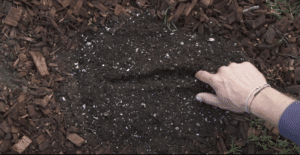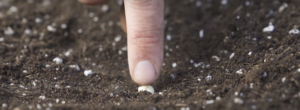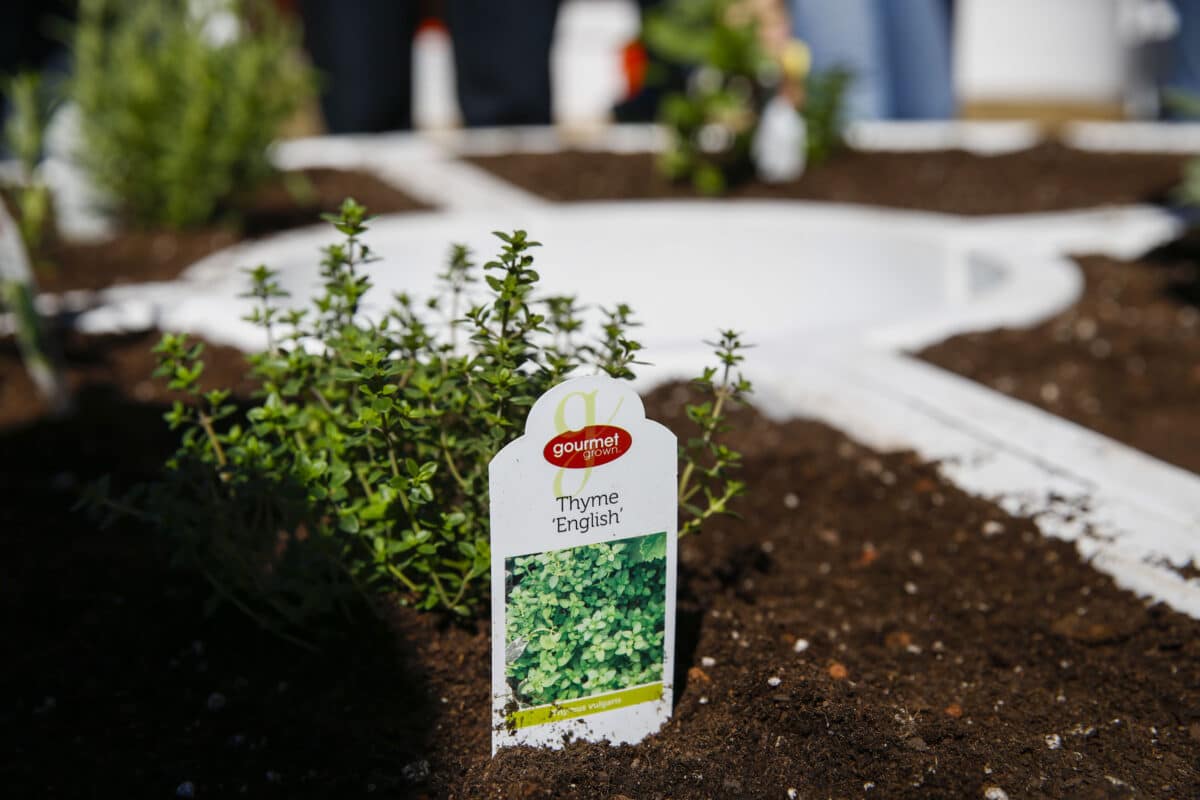Planting seeds is easy! But if you’ve never planted them before, you might not be sure how to do it. Sure, it sounds simple, but how do you plant a seed ¼” deep? With a really tiny shovel? There are two easy ways to plant: dig furrows, or small valleys, put the seeds in and cover them over, or just poke them down with your finger!
How to plant using the furrow method:
- Dig shallow trenches, pushing the soil up to one side of the trench.
- Double the height from peak to valley that the seed requires (seeds should be planted no deeper the 2x their length).
- Space the seeds as instructed by the seed packet (same for rows).
- Fill the valleys with soil the soil you pushed up.
- Water the newly covered soil.

How to plant using the finger push method:
- You can lay down a string or long stick to guide your row.
- Push down till your fingernail is covered, or your first knuckle – depending on seed requirements.
- Plant seeds and cover them with soil, watering soon after.

Whichever method you use, it’s handy to use some sort of guide to space your seeds. You can use a ruler or string that you mark at different lengths, or even your thumb or finger. If you’re planting with kids, our plant spacer activity is a great solution!
How to plant seedlings:
If you’ve started seeds indoors, or if you decided to skip the seed stage altogether and buy seedlings from a nursery, here’s what you do next:
- Make sure the hole you’ve dug in your garden soil is deep enough—the potting soil surrounding your seedling should sit just below the surface level of the garden you’re transplanting it into.
- Break up the seedling’s potting soil and roots a little, but gently
- Put your seedling in the hole and cover-up it. But don’t press too hard! You don’t want to compact the soil
- Give the seedling a really good watering.
- Tomato seedlings? Plant those further underground, or on an angle – the little hairs on the tomato plant will become roots, and we want lots of roots!
- Pinch off flowers – we want the plant to concentrate on roots and foliage.
Want to watch it in action? Check out Big Green’s seedling video.
How to water your garden:
Giving your new seeds, especially newly planted seedlings, a good drink of water is important.
Seeds and seedlings need plenty of water until they are firmly established. Although each type of vegetable is a little different, generally, you want to make sure the soil is moist but not wet.
- If you can see water pooling or the soil looks* damp, you don’t need to add more water.
- If you pick up a handful of soil and squeeze it, does any stick together or stick to your hands? If neither happens, the soil is dry and could use more water.
- When you water, you want to make sure you don’t wash away the soil. Pouring water from a pitcher or from the hose creates a stream of water that’s too strong and may create holes or troughs in the dirt, exposing your seeds or seedling roots.
- A watering can will sprinkle the water so that it falls more gently on the soil and is easily absorbed. If you don’t have a watering can, you can use a milk or juice container. Simply poke a few holes in the lid, fill the container with water, put the lid on, and pour!
We’ll discuss more watering techniques in our Care section and our watering tips guide.
Make a crop marker!
Be sure to mark your crops! Life gets busy, and gardens sometimes get messy – if you don’t put in a crop marker, you might forget which plants are which.
You can buy them all sort of crop markers online, or at a garden store. But you can also make them easily at home. Popsicle sticks, sticks from trees with the bark removed, or rocks painted with drawings or names of crops could all work and be environmentally friendly.
Read our crop marker activity guide, for kids.



